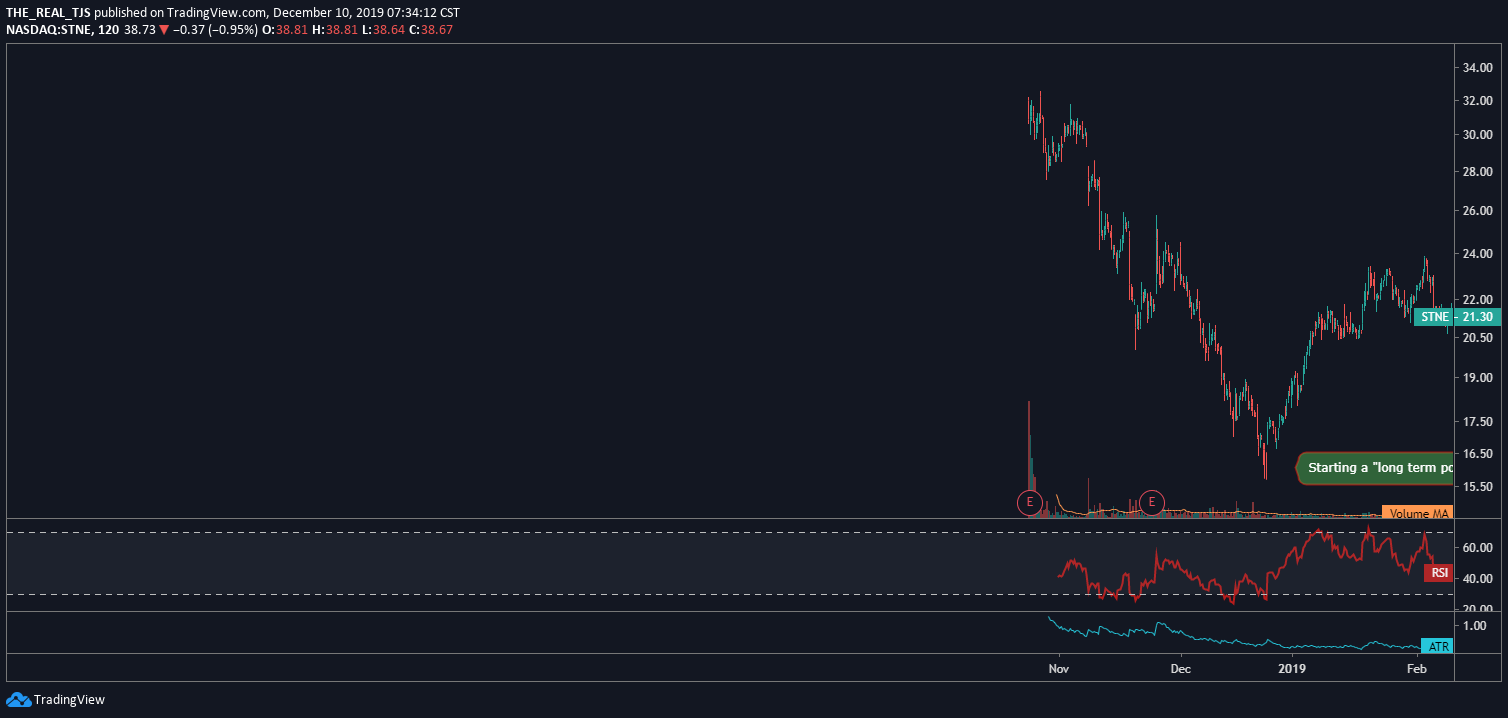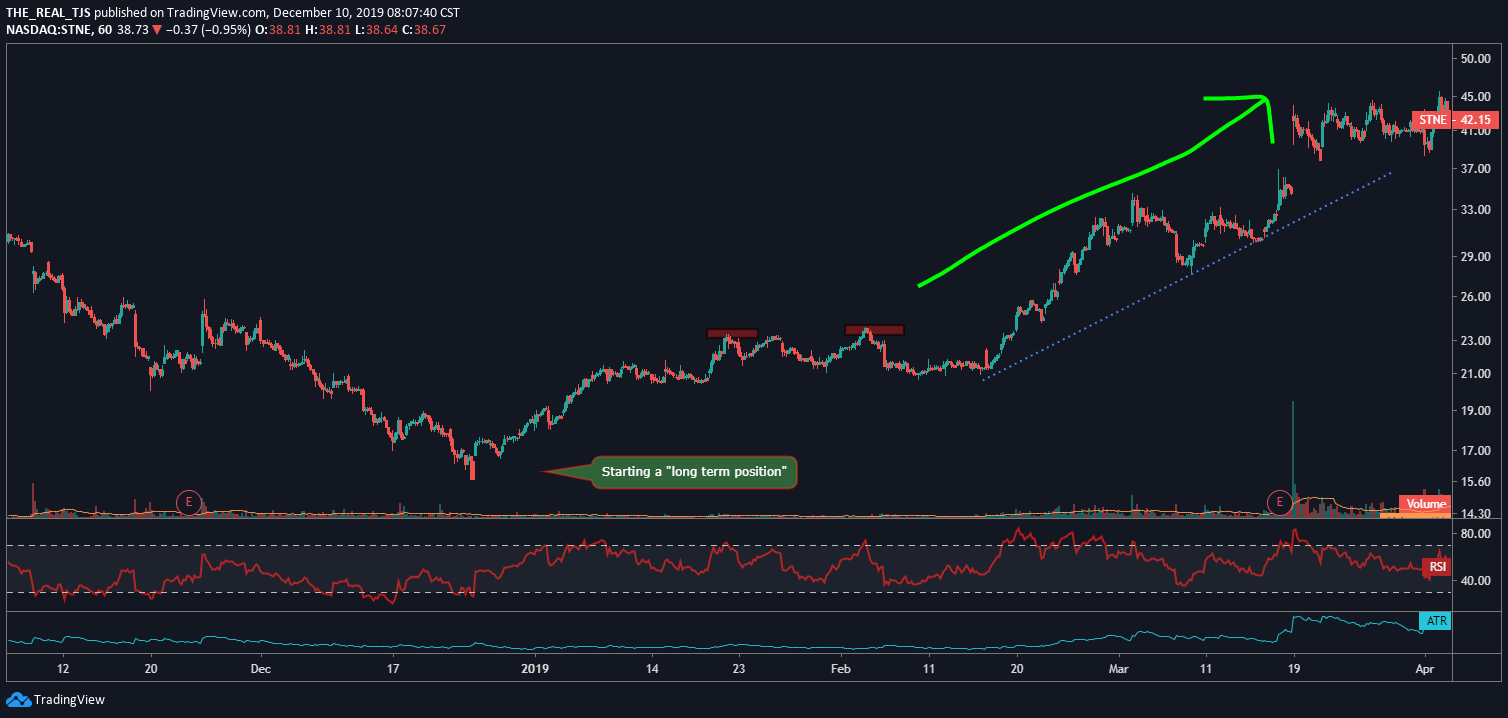I have written in the past about the shortfalls of participating in short term trading while also managing long term capital. At least for me, it has taken a significant period of time as well as trial and error to be able to exist in both worlds with any level of success. I’ve mentioned previously that simultaneously trading and investing draw parallels to practicing your swing in golf as well as baseball. Spending time working on one could have negative effects on the other, or at the very least cause you to pick up some bad habits.
How the world looks when I am wearing my trading hat:
Which sector has exhibited relative strength as of late? Okay, I see that Biotechnology stocks have been incredibly strong lately but two of the major ETFs in this space are looking a little overdone. From past experience this generally means that most of the major players in the space need time to cool off, but some of the more speculative names that haven’t had big runs yet might still be setup. I am going to create a scan in the biotech industry group of optionable names that are of smaller market capitalization than the large caps. A-ha, here are a few which haven’t gone yet. They are at or near technical levels where the risk is easily defined to the downside. Their options have fairly tight bid / ask spreads so I am going to look for January calls near 40 delta as long as the implied volatility is reasonable.
How the world looks when I am wearing my investing hat: I contribute to several investing portfolios overall. The majority of the time I dollar cost average into positions until I build a full position, which is generally 5% of the overall portfolio. I invest based on themes for the long term. I have a set of fundamental criterion that I prefer to see fulfilled before ever making any investment decision a full position. I hold between 12-15 stocks in my portfolio to take advantage of diversification. I participate in a 401k plan making sure to at minimum invest the max at which the employer matches. I am cognizant of the benefits of a roth versus a traditional IRA, dividends and taxation. I have an overall asset allocation that works for my risk tolerance and allows me to sleep at night.
All too frequently I see traders masquerading as investors. It goes a little something like this:
It appears $STNE has made a 5 wave move lower off its IPO and has bottomed I think I will jump in here to begin building a “long term” position.

I got in $STNE near the bottom and my cost basis average is $17 per share, things are going well.
A month later our trader turned investor starts seeing some selling pressure and spots what he thinks may be a “double top” formation on a daily chart. “Something isn’t right here. I am getting out, I can always jump back in if things start looking better.”
He doesn’t jump back in. He never does. The fundamentals haven’t changed quarter over quarter. It’s likely he didn’t check the fundamentals in the first place. And for that “double top” formation that made our trader turned investor skittish?

Whoops.
Traders have a skillset that lends well to profiting (or trying to) from the daily gyrations in prices. They attempt to make sense of the day to day noise. Some days the volume of that noise is quieter and some days it’s louder. Some days the decibel level will make your eardrums bleed.
Investors would be best served to do whatever it takes to drown out the noise.
Trent J. Smalley, CMT
